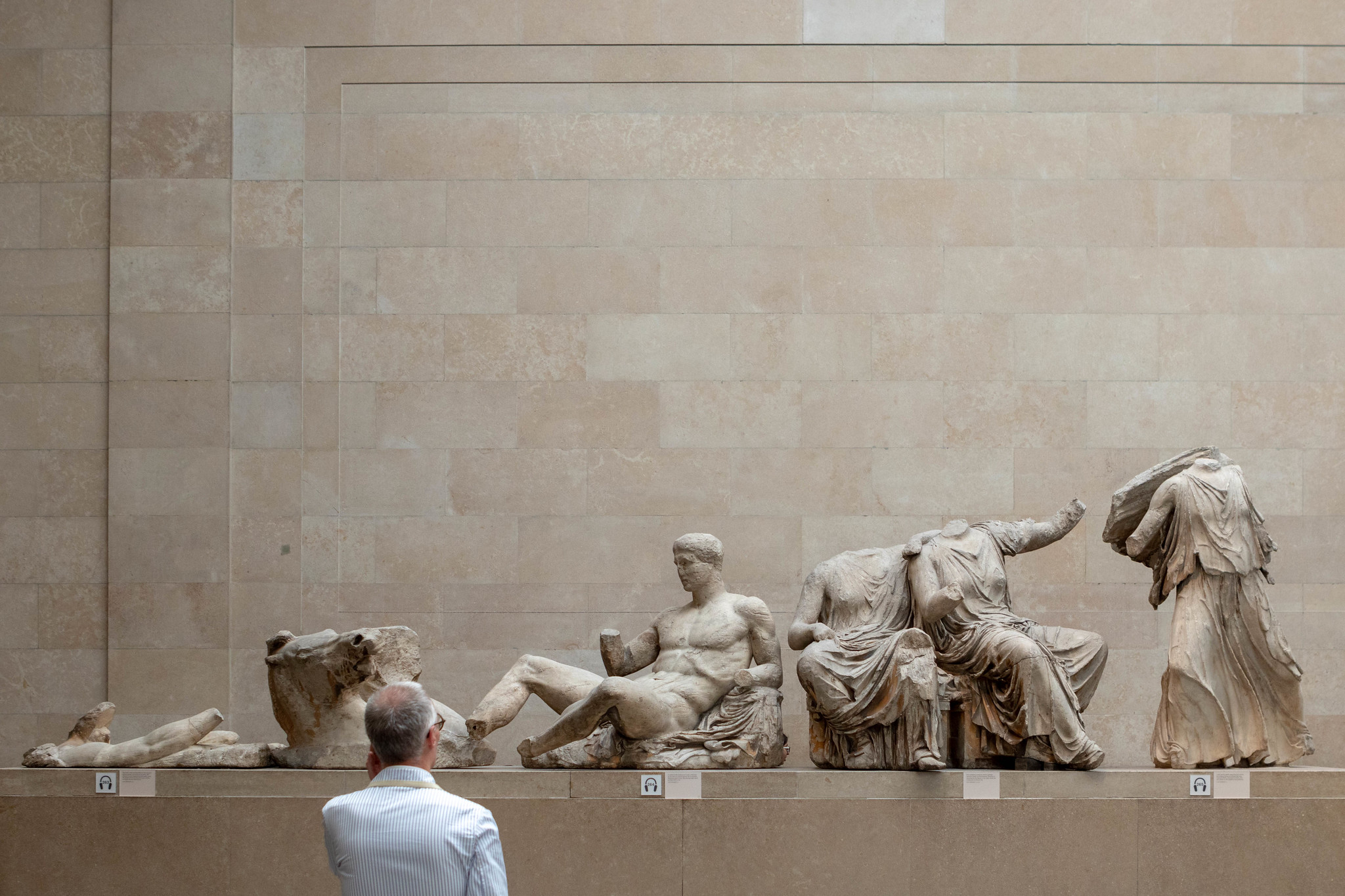
Deputy Editor Molly Schoenfeld discusses whether the repatriation of artefacts is a legal issue and the place of museums in today’s society
To collect and display artefacts is by no means a neutral or natural activity. It was only from the mid-sixteenth century onwards that European aristocrats started to collect natural and man-made phenomena as a way of understanding, or even controlling, the world. Indeed, when a group of Inuit people visited London in 1772, they were shocked at how natural objects were displayed in museums.
Modern-day museum culture is a product of this Renaissance legacy. Museums are not innate institutions; they have problematic and long histories of their own. Notably, The British Museum in London was founded by Hans Sloane, who was a physician as well as slave-owner. Of course, museums are not just cold-hearted places of sadistic collection and display; they are important places of learning and research. The problem, however, is that by being displayed in glass boxes, artefacts are often detached from the physical or psychological violence with which they were acquired. For instance, Dan Hicks’s The Brutish [sic.] Museums discusses the Pitt Rivers Museum’s removal of its shrunken heads from display, due to the atrocities committed by the British soldiers who obtained them.
“The legal implications of institutions’ ownership of such objects have only recently been discussed
Given these historical contexts, there have been increasing demands for the restitution or repatriation of artefacts ‘owned’ by museums. The looting of artefacts has long been a feature of history, mostly through wars or colonization, but the legal implications of institutions’ ownership of such objects have only recently been discussed.
Under the 1983 National Heritage Act, museums are prevented from ‘deaccessioning objects that are the property of the museum, unless they are exact replicas or damaged beyond repair.’ This law was introduced to prevent museums selling off ‘unfashionable’ items that might be of value later on. I would argue that the application of this law in repatriation cases can be problematic.
Legal frameworks often favour museums in repatriation cases. For example, a Buddha statue of great local importance was stolen from a Chinese temple in 1995. It was acquired by a Dutch collector who loaned the statue to a museum, leading Chinese villagers to make a restitution claim, but the collector argued that he was the lawful owner and purchased the object ‘in good faith’, as per the final ruling in 2018. Here, the law prevented the artefact from being used for its original, indigenous purpose (to practice religion) which makes legislation an insufficient framework from which to assess repatriation cases. In other words, the cultural and moral dimensions of these artefacts must also be considered.
“If museums want to continue to have a place […] they must position themselves as learning communities
‘Official’ documents detailing ownership can also be unclear. Most famously, the ongoing case of the Elgin Marbles revolves around a firman (imperial decree) from 1801 permitting Lord Elgin to remove the Marbles from the Acropolis. The reliability of this document has been disputed, given that it is a translation of the original decree and was not signed by the Sultan himself. There are numerous arguments on both sides about whether the Marbles should be repatriated (including educational and environmental considerations), yet this one, dubious legal document from 1801 remains at the heart of the debate. This is surely, I would argue, a flawed process.
Museums can therefore often legally claim ownership over artefacts if they have the legal evidence to back up the claim, but whether they should claim legal ownership is a more important matter. Olga Viso, the director of Minnesota’s Walker Art Center, said that, ‘If museums want to continue to have a place […] they must position themselves as learning communities, not impenetrable centres of self-validating authority.’ Museums should be aware of the fact that repatriation cases are not only matters of legality, but ones of moral and cultural importance.
Enjoyed this? Read more on Redbrick Culture!
Exhibition Review: Waste Age: What Can Design Do?

Comments